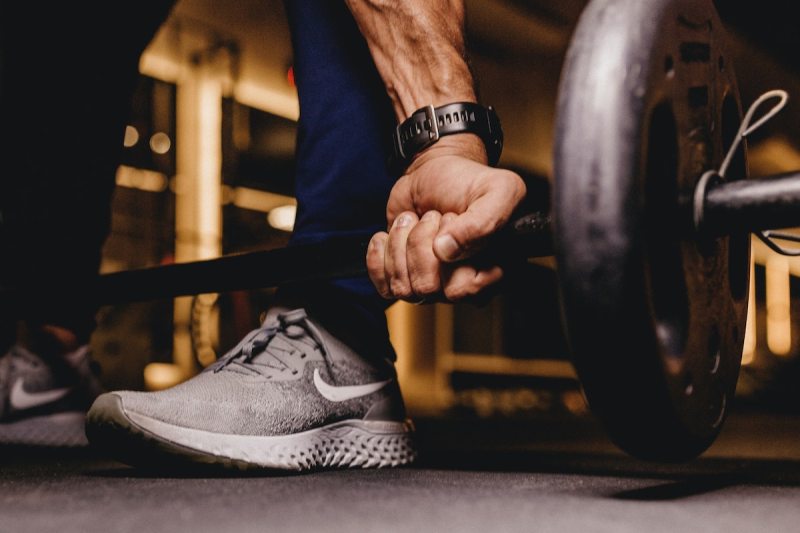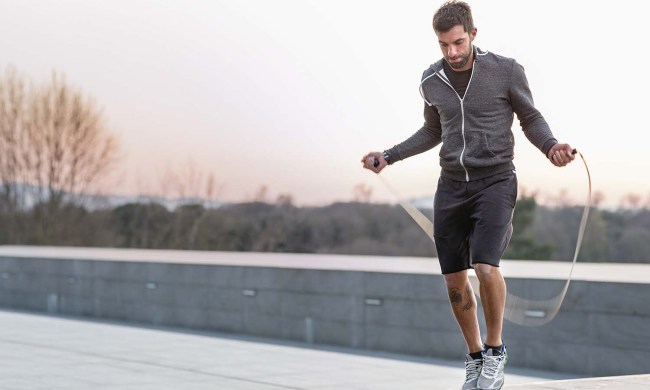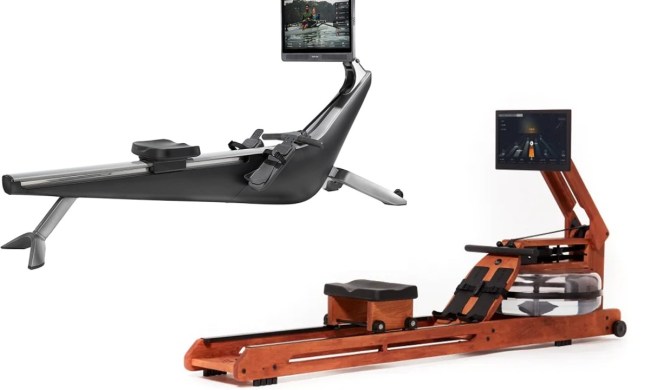Finding time to work out isn’t always easy because most people juggle family life with their careers, and these both take precedence over everything else. However, health should be a priority, and healthy eating needs to be backed up with regular exercise to get the best results.
If you can plan out other aspects of your life, including a healthy eating plan, then you should do the same when it comes to your workouts and exercise regimens. It is important that you do what you can so you can get the most out of them. To do this, you need to have goals and a plan that you want to follow and achieve. Read on to learn how you can create your own workout plan to optimize your time exercising.
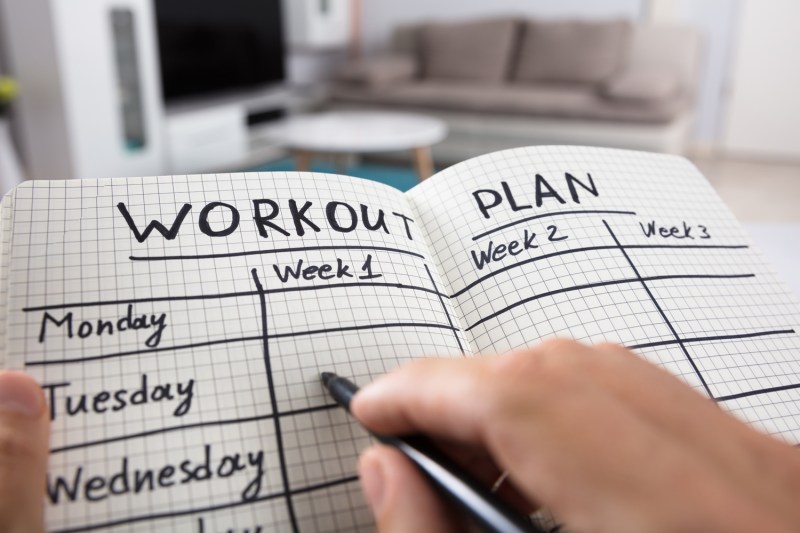
What Are You Striving For?
People exercise for many different reasons, and the most successful sessions are those that are goal-led. Individuals exercise to stay fit and healthy, but everyone has different aims such as weight loss, increasing cardio fitness, stamina building, or building lean muscle mass through weight training. Once you have established what you want to achieve from working out, this can help you tailor an ideal exercise routine.
If you want to lose fat, then you can concentrate on exercises that burn the most calories and speed up metabolism. Muscle building would mean that you will have to focus on strength training instead. A goal to achieve overall body recomposition involves mixing things up with a combination of weight training, cardio, and other exercises that work out the entire body.
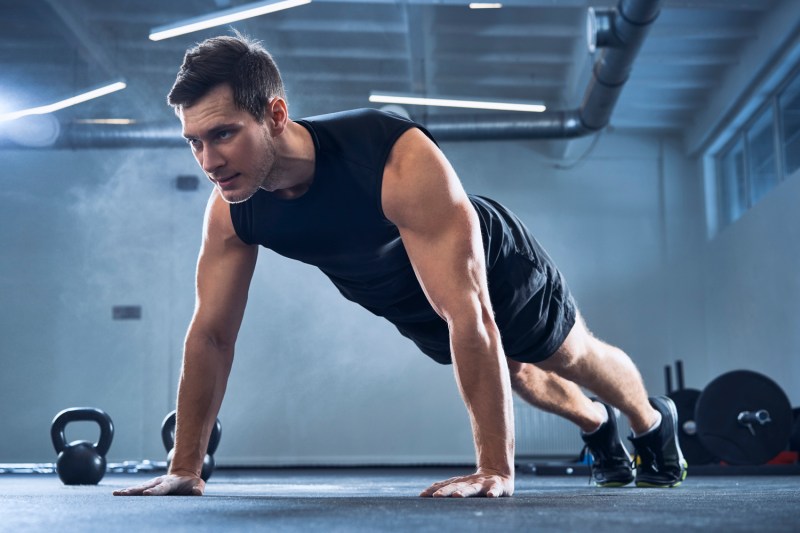
Those who choose to go down the bodybuilding/weight lifting route usually have goals that are different and specifically related to how much they can bench press, squat, or deadlift. It is best to increase the weights used slowly and not rush to reach goals in order to prevent injury and excessive fatigue.
For those who bypass the gym and concentrate on running, the main aim here should be about slowly increasing the distance run and the time in which it takes to run said distance. Despite the various goals each individual sets themselves when it comes to exercise, everyone should strive to become fitter and healthier in order to live a longer life.
What Equipment Will You Be Using?
Joining a gym makes finding the gym equipment you need for your chosen exercise routine that much easier. This can allow you to concentrate more on learning the actual exercises themselves. A fitness instructor can guide you through the best exercises to help you achieve what you want from a workout, whether you aspire to lose weight, build muscle, or attain overall body recomposition.
It is always best to train light when first encountering rowing machines, treadmills, and other gym equipment because your body needs a bit of time to adjust to new movement. The best results come from slowly building the frequency and intensity of the exercise you do.

If you are going to exercise exclusively from home, you may need to invest in some at-home workout equipment. Depending on your goals, you might need to purchase an exercise bike, bands, dumbbells, or a stability ball. Each of these serves its own purpose and can greatly increase the number of exercises you can do. If you do not wish to purchase any equipment for your home, it is possible to train without any equipment at all. Instead, you can use your body weight to do various exercises, including push-ups, crunches, and squats. You can also easily engage in cardio and stamina building through jogging or running.
If you do choose to go to the gym, you will have many more choices. For cardio, the treadmill is ideal for building cardio fitness and stamina, calorie-burning, and weight loss through various types of workouts. The StairMaster is great for building the muscles in your legs while ensuring you will break a sweat and improve your cardiovascular strength. As the name suggests, it simulates the act of stair climbing, which also gives you a great low-impact cardio workout.
If your focus is more on strength training, gyms have barbells, dumbbells, machines, and more to help you build muscle mass and improve your overall physique. Performing these types of exercises also helps you boost your metabolism and develop stronger bones.
Whether you choose to work out in a gym or at home, the internet has a wealth of information and videos that illustrate how to execute certain exercises flawlessly. It is also worth remembering that the equipment mentioned here is suitable for both men and women. Figure out what you will have access to before moving on to the next step.
What Is a Realistic Time Commitment?
The Physical Activity Guidelines for Americans suggest that men and women should get at least 150 minutes of moderate exercise weekly. This can be achieved with as simple of an activity as walking. However, if you have a specific goal of losing fat or building muscle that you want to achieve, you should strive for more intense activity and different forms of exercise than the basic requirements laid out by these guidelines. While walking alone has numerous benefits, your 150 minutes would be better spent spread out among other activities.
The best way to commit to exercise is to be realistic about what your body can take and how much time you can realistically commit to working out each week. If you give yourself unrealistic expectations, you are less likely to stick with a routine.

If you’re able to, exercising four to five times a week for 60 minutes each day is ideal for helping you improve your health and hit your goals. If your exercise routines are high-impact and intense, then four days a week should suffice. Remember to space out the sessions to give your body some recovery time. If this seems like a lot of time to dedicate to exercise, start with 10- to 20-minute sessions and work your way up.
What Muscles Will You Target Each Day?
The best way to exercise is to give all parts of the body an even workout throughout the week. Many individuals concentrate on specific areas, such as the arms and legs, but every muscle deserves some attention.
This can easily be achieved by adding variety to your exercise regimen. The easiest way to do this is by including compounds such as bench press, squat, deadlift, leg press, and military press in your routine every week. Strive to include other lower and upper body exercises to fill the rest of the time you have. If you exercise at home, you can still do the same even with no equipment at all.
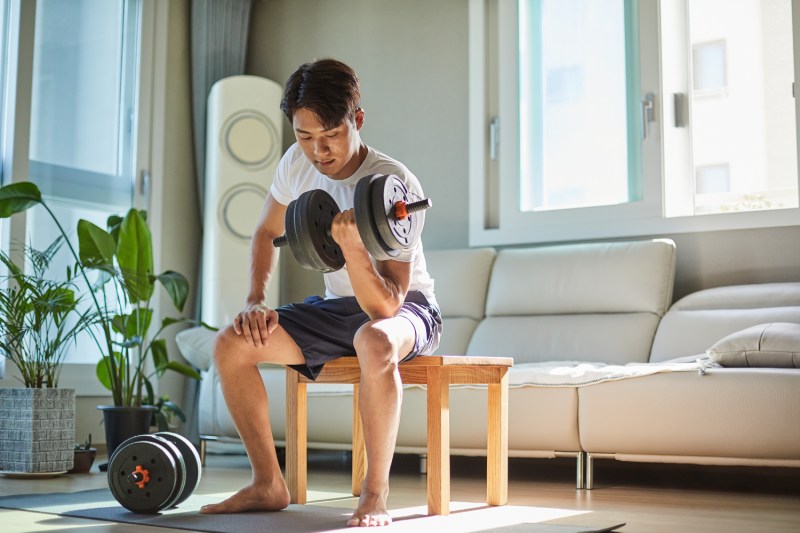
Every exercise session should have a purpose and focus on specific muscle groups. If you are only able to exercise twice a week, concentrate on the lower body one day and the upper body the next day. As long as you spend the same amount of time on both, a balance will be achieved.
If you can exercise three times a week, you could follow this routine:
- Day 1 – chest, shoulders, triceps
- Day 2 – back, biceps, abdominals
- Day 3 – glutes, quads, hamstrings, calves
While there are technically two upper-body days and one lower-body day, you can see that each specific muscle is only hit once, so there is an even emphasis. Repeat this routine or add in some full-body workout days if you are able to exercise more than three times per week.
How Will Your Workouts Be Formatted?
Before you begin any workout session, you need to warm up with some gentle stretching exercises that target the muscles that will be most in use. You can even use gentle yoga poses to accomplish this. Warming up prepares the muscles for activity, and skipping this can lead to injuries such as muscle pulls and muscle tears.
When it comes to the exercises themselves, you need to determine how many sets and reps to do for each. If your focus is on building muscle mass, aim for four to 10 reps per set. If it is muscle endurance, aim for 12 to 20 reps. No matter what your goal is, two to four sets are a good place to be, and don’t forget to rest in between.
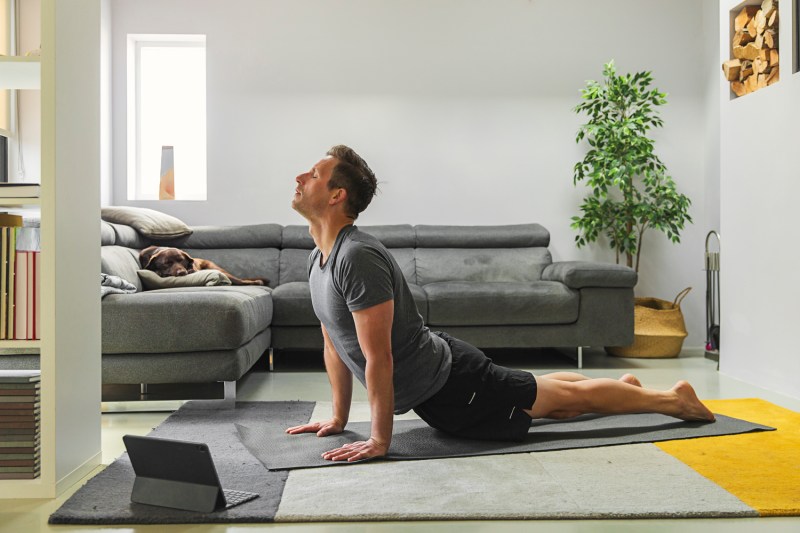
As for your cardio, allotted time periods of 20 to 30 minutes will work. Over time, make sure to adjust various settings on the machines to increase intensity. When the session wraps, don’t forget to cool down. Stretches such as the seated forward bend and the standing forward bend help minimize soreness and injury prevention.
Workout with a Goal in Mind
Exercise routines for both men and women are only successful if they are planned out and include achievable aims and goals. Everyone needs something to focus on to motivate them to keep up a regular routine. Whether it is to lose body fat for health reasons or to increase body strength and stamina, having goals increases the chances of individuals sticking to a workout regime that can eventually become a habit. Despite different aims and ambitions, any regular exercise is a good thing that will lead to better health and overall improved fitness.
